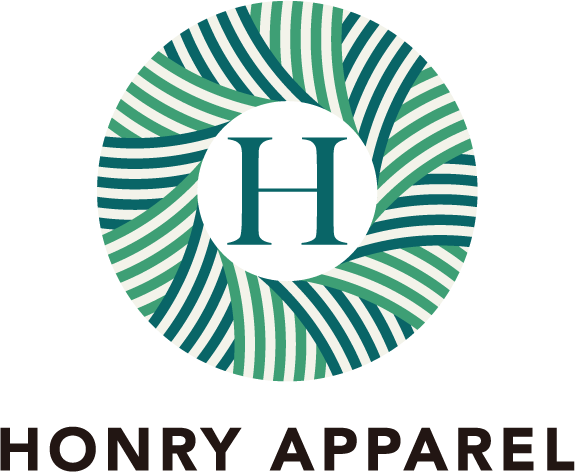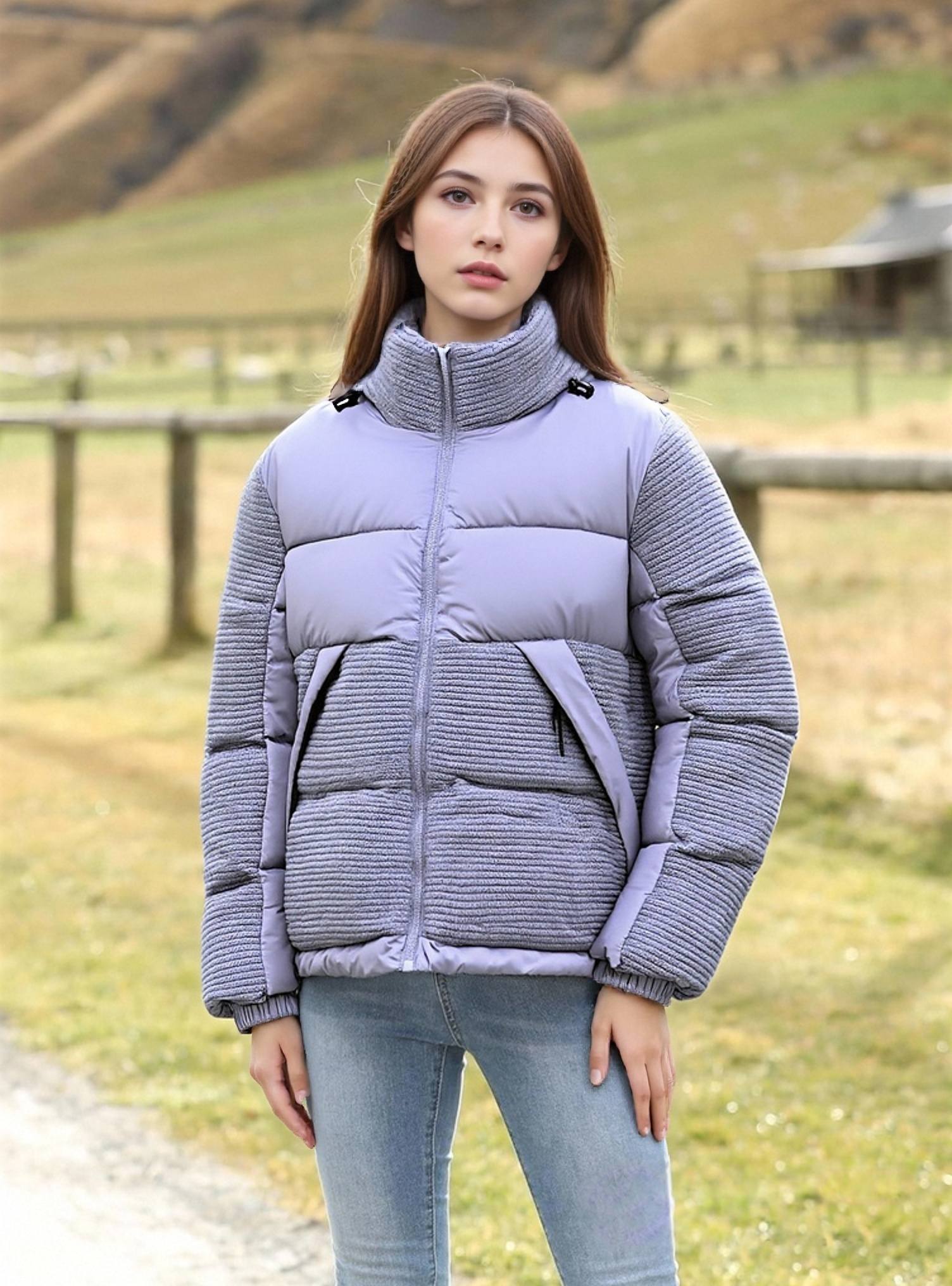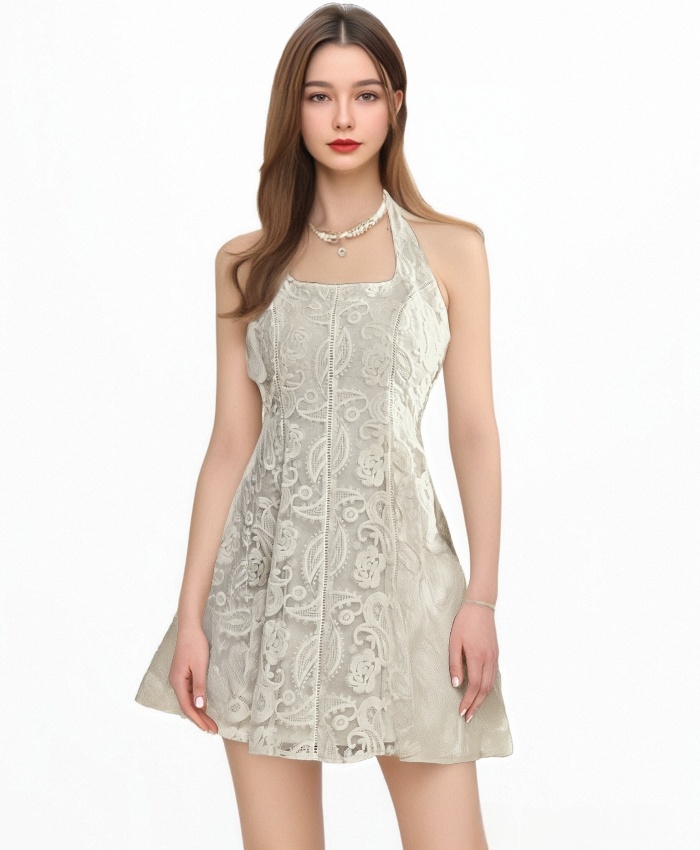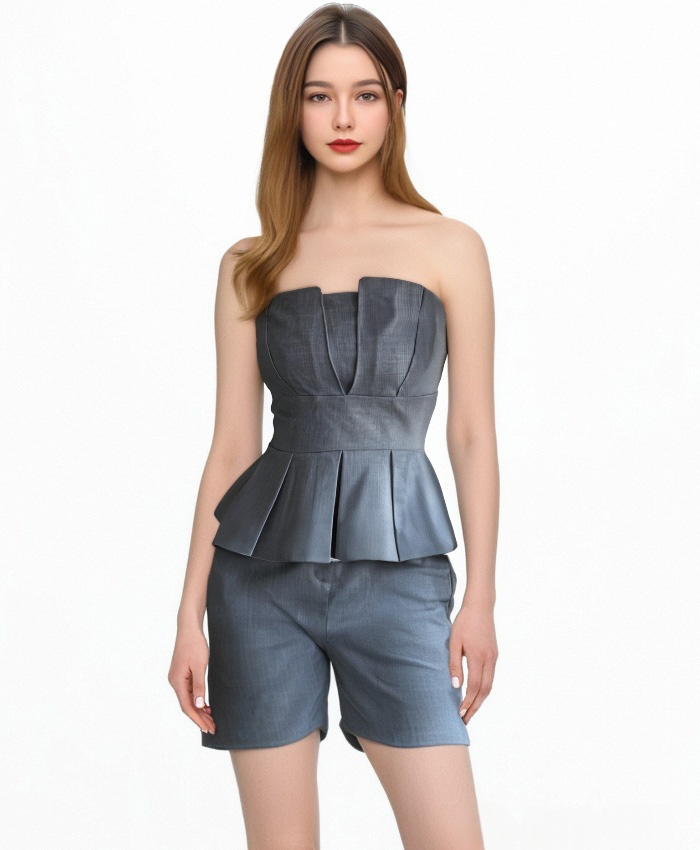In the ever-evolving fashion industry, leather jackets remain a timeless staple—coveted for their durability, style, and versatility. For businesses looking to stock leather outerwear, navigating the world of manufacturers, suppliers, and factories is key to securing high-quality products that resonate with customers. This guide breaks down the essentials of sourcing leather jackets, highlighting key players, market trends, and tips for successful partnerships.
Understanding the Leather Jacket Supply Chain
The journey of a leather jacket from concept to customer involves multiple stakeholders, each playing a critical role in ensuring quality and consistency. Let’s explore the core players:
Leather Jacket Manufacturers: The Backbone of Production
A leather jacket manufacturer is responsible for transforming raw materials into finished products. These companies handle every step of production, from cutting leather hides to stitching, adding hardware, and quality control. With a global search volume of 720, “leather jacket manufacturer” is a top keyword for businesses seeking reliable production partners—indicating high demand for direct manufacturing relationships.
Reputable manufacturers often specialize in specific leather types (e.g., cowhide, sheepskin, or suede) and can accommodate custom designs, making them ideal for brands looking to stand out. For example, a manufacturer might offer distressed finishes for a vintage look or sleek, minimalist styles for modern audiences.
Leather Jacket Suppliers: Bridging Manufacturers and Retailers
While manufacturers focus on production, leather jacket suppliers act as intermediaries, connecting manufacturers with retailers, brands, or bulk buyers. With a matching global search volume of 720, “leather jacket supplier” is equally vital for businesses that prefer a streamlined sourcing process. Suppliers often maintain relationships with multiple manufacturers, allowing them to offer a wider range of styles, quantities, and price points.
For small to medium-sized businesses, working with a supplier can reduce logistical hurdles—suppliers handle inventory management, shipping, and even small-batch orders, making them a flexible choice for scaling operations.
Leather Jacket Factories: Specialized Production Hubs
A leather jacket factory typically focuses on large-scale production, catering to bulk orders for retailers or brands. With a global search volume of 390, these facilities excel in efficiency, using specialized machinery and skilled labor to meet high-volume demands. Factories are often located in regions with established leatherworking traditions, such as Italy, Turkey, or China, leveraging local expertise to maintain quality.
For businesses planning seasonal launches or large inventory restocks, partnering with a factory ensures consistent supply and competitive pricing—especially when ordering in bulk.
Key Considerations When Sourcing Leather Jackets
Sourcing leather jackets requires careful planning to align with your brand’s goals, budget, and customer needs. Here are critical factors to keep in mind:
Quality of Leather: The Foundation of a Great Jacket
The type and quality of leather directly impact a jacket’s durability, appearance, and price. Full-grain leather, known for its natural markings and longevity, is a premium choice, while top-grain leather offers a smoother finish at a slightly lower cost. Manufacturers and suppliers should provide details about leather sourcing (e.g., ethical practices, tanning methods) to appeal to eco-conscious consumers—a growing trend in the fashion industry.
Customization Options: Standing Out in a Crowded Market
Many leather jacket manufacturers offer customization, from adding brand logos to altering silhouettes (e.g., biker jackets, bomber styles, or oversized fits). This flexibility allows brands to create unique products that reflect their identity. For example, a streetwear brand might opt for bold zippers and distressed leather, while a luxury label could focus on minimalist designs with premium hardware.
Minimum Order Quantities (MOQs)
Manufacturers and factories often require MOQs, which can range from 50 to 500+ units, depending on the supplier. Smaller brands or startups may find it easier to work with suppliers who offer lower MOQs, while larger retailers can leverage bulk orders to negotiate better prices. Always clarify MOQs upfront to avoid mismatched expectations.
Lead Times and Logistics
Production timelines vary by manufacturer—handcrafted jackets may take 6–8 weeks, while factory-made bulk orders could ship in 4–6 weeks. Factor in shipping and customs delays, especially when sourcing internationally, to ensure products arrive in time for seasonal launches or promotions.
Trends Shaping the Leather Jacket Market
Staying ahead of trends is crucial for curating a collection that resonates with customers. Here are current shifts influencing leather jacket demand:
Sustainable and Ethical Sourcing
Consumers are increasingly prioritizing sustainability, driving demand for jackets made from recycled leather, vegetable-tanned hides, or cruelty-free alternatives. Partnering with manufacturers that emphasize ethical practices can boost brand reputation and attract eco-aware buyers.
Gender-Neutral Designs
While “women coat factory” and “men jacket supplier” remain relevant (with search volumes of 210 and 50, respectively), gender-neutral leather jackets are gaining traction. Oversized fits, neutral colors, and versatile styles appeal to a broader audience, making them a smart addition to any inventory.
Vintage and Retro Styles
Classic leather jacket designs—such as moto jackets and flight jackets—are enduringly popular, with a nostalgic twist. Manufacturers are reviving 90s-inspired silhouettes and distressed finishes, catering to customers seeking timeless pieces with a modern edge.
How to Choose the Right Partner
Selecting between a manufacturer, supplier, or factory depends on your business needs:
- For custom designs and brand exclusivity: Work directly with a leather jacket manufacturer to control every aspect of production.
- For flexibility and variety: Partner with a leather jacket supplier to access multiple styles and smaller order quantities.
- For bulk orders and cost efficiency: Collaborate with a leather jacket factory to leverage large-scale production capabilities.
Always request samples before finalizing a partnership—this allows you to assess leather quality, stitching, and overall craftsmanship. Additionally, check reviews, certifications (e.g., ISO, ethical sourcing labels), and communication responsiveness to ensure a reliable long-term relationship.
Conclusion
Sourcing leather jackets is a strategic process that balances quality, cost, and market trends. By understanding the roles of manufacturers, suppliers, and factories— and leveraging keywords like “leather jacket manufacturer,” “leather jacket supplier,” and “leather jacket factory” to find partners—you can build a collection that stands out in the market. Whether you’re a startup or an established brand, investing time in vetting partners and aligning with customer demands will set you up for success in the competitive world of leather outerwear.
